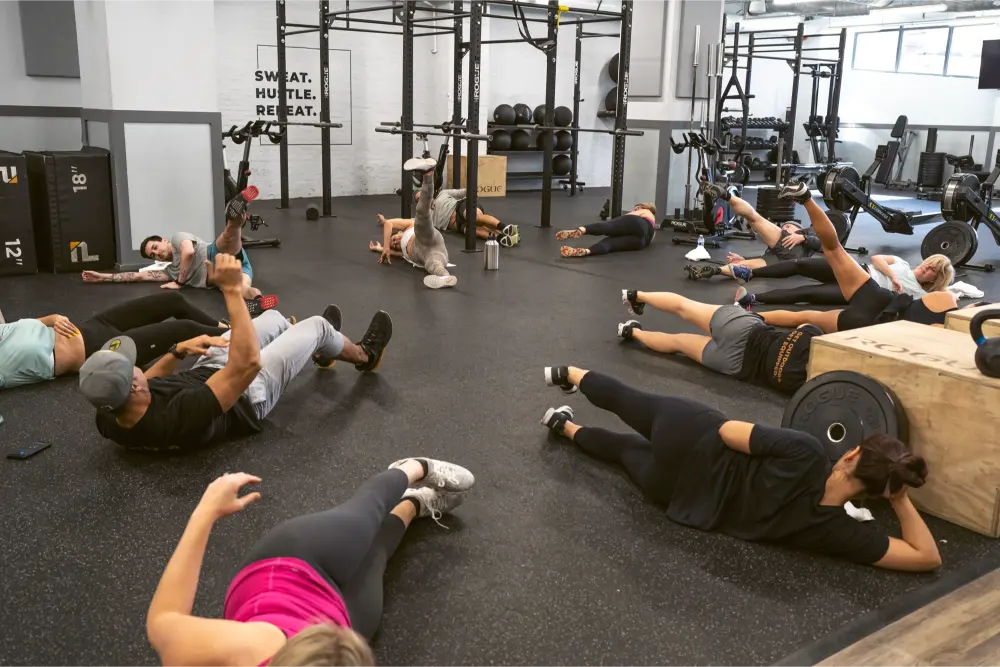Upper back and neck pain are common discomforts, often exacerbated by poor posture, prolonged sitting, and stress. Yoga, with its emphasis on stretching, strengthening, and alignment, offers a beneficial approach to alleviating these pains. Here’s how yoga can help manage and reduce upper back and neck discomfort.
What are the causes of upper back and neck pain?
Upper back and neck pain can stem from various sources including muscular strain, nerve compression, inadequate posture, and the wear and tear of daily activities. The upper back and neck region is prone to developing stiffness and pain due to its significant role in supporting the head and due to the common sedentary lifestyle that many people lead today.
How does yoga address upper back and neck pain?
Yoga provides a holistic approach to pain relief and muscle health. It combines physical postures, breathing exercises, and mental practices to address the physical and psychological aspects of pain.
Strengthening and stretching
Yoga poses help to strengthen the muscles in the back, shoulders, and neck, which support proper posture and alignment. Strengthening these areas can alleviate pressure and strain. Simultaneously, yoga increases flexibility and mobility through gentle stretching that helps release tension in tight areas.
Example Poses:
- Cat-cow stretch: Enhances spinal flexibility and can relieve tension in the torso and neck.
- Cobra pose: Strengthens the spine and shoulders, helping to alleviate stiffness and pain.
- Child’s pose: Gently stretch the back and neck, promoting relaxation and pain relief.
Improving posture
Many yoga poses focus on alignment and improving posture. Better posture reduces the strain on your neck and upper back, preventing pain from developing due to poor ergonomic habits.
Reducing stress
Stress can exacerbate muscle tension, leading to increased pain. Yoga’s meditation and breathing exercises can help manage stress, which in turn can reduce muscle tension in the neck and upper back.
Breathing exercises:
- Deep breathing: Helps reduce overall stress and aids in relaxing the muscles around the neck and shoulders.
- Alternate nostril breathing: Balances the body and calms the mind, further helping to alleviate stress-induced discomfort.
Incorporating yoga into your routine for pain relief
To effectively use yoga for upper back and neck pain relief, consider the following tips:
- Consistency is key: Regular practice is important. Aim for a routine that includes yoga sessions several times a week.
- Focus on form: Proper form in each pose is crucial to prevent further injury and ensure the most benefit. It may be beneficial to start with a yoga instructor who can guide you on correct posture and modifications.
- Listen to your body: Avoid any movements or poses that cause pain. Yoga should not hurt; if you feel sharp pain, gently back out of the pose and consider a different approach.
Final thoughts
Yoga can be a powerful tool in managing and reducing upper back and neck pain. Through strengthening, stretching, improving posture, and reducing stress, yoga promotes a healthier back and neck. As with any exercise regimen, it’s advisable to consult with a healthcare provider before starting, especially if you have chronic pain or other health concerns.
If you are looking for yoga classes in St. Augustine, get a 3-day free pass at HiTone Fitness now.





